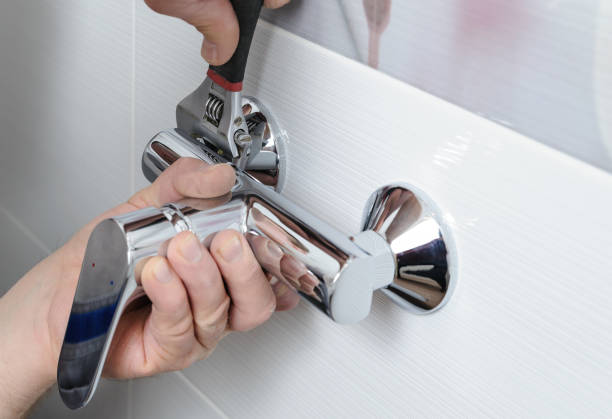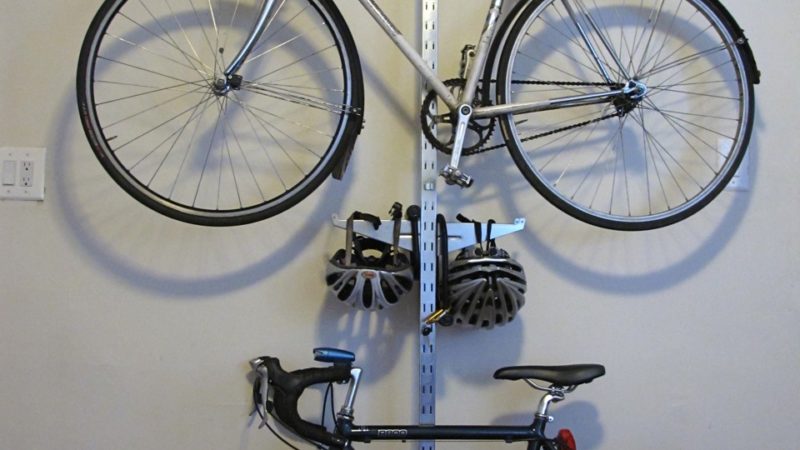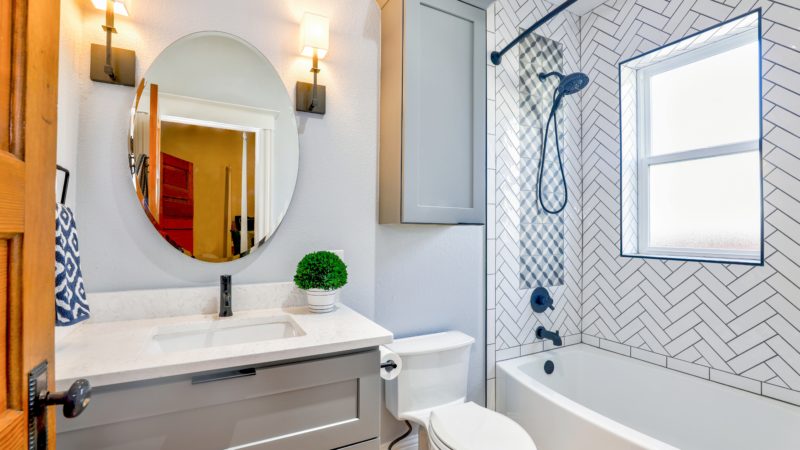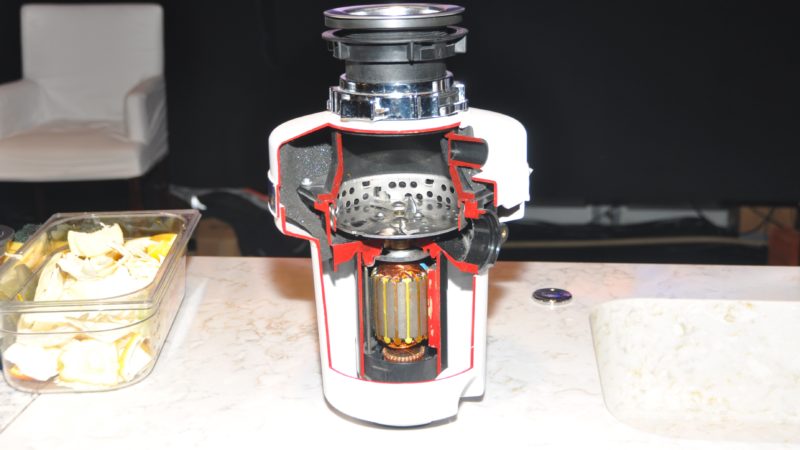Build Your Own Ravishing Basement Bar

Do you dream of owning your own basement bar? While this may sound impossible to achieve, you can fulfill your dream with little effort in reality. If you wonder how to build a basement bar, let me tell you this project is easier than expected.
A basement is the most appropriate place to build a bar. You usually have plenty of space in your basement than other floors. One more plus point of building a basement bar is that you can easily access the plumbing and electrical wiring.
If this doesn’t excite you, then consider this- your basement bar is completely flexible. If you find building a wet bar a daunting process, then begin by dry basement bar plans, and you can change the layout to wet designs whenever you wish to. All you would need is a sink and plumbing supply to convert your dry bar into a wet one.
Without wasting any more time, let’s discuss different basement bar elements and how to build one.
How to Build a Basement Bar?
Building a basement bar is not a very difficult task. With the help of proper basement bar plans and layouts, you can easily build your own DIY basement bar in any design you like.
Follow these tips to build a basement bar on your own:
Plan the Bar
The first step is to plan the size of your bar. A mobile bar cart can be 48 inches long and 16 inches deep that can hug the wall without any seating requirement. A large bar unit to seat two-three people require 70 inches by 28 inches size—double the footprint to increase the seating.
If you want a wet bar, plant your basement bar designs adjacent to a kot6hcne or bathroom for an easy plumbing supply.
Control Basement Moisture
It is important to keep the moisture levels in your basement controlled. The interlocking panels in the subfloor systems help to elevate the floor and keep the floor warm.
The best types of basement floor coverings are inorganic, hard, and quick-drying like a plank, tile, resilient-vinyl, and laminate flooring.
Apply For Permits
If you build wet basement bar designs, you will require a building permit from your local permit agency. If you have to run a new electrical line, then apply for an electrical permit for all your work.
Build or Purchase the Bar Unit
A bar unit is a core element of the basement bar. You can build your own bar using plans created by others or purchase a new bar unit.
Install the Plumbing and Electrical Lines
If you are making a wet bar, make sure to hire a plumber to create hot and cold plumbing supply lines. In a wet bar, the plumbing and electrical lines run the same as in the kitchen.
Install the Wet Bar
Install a countertop for a wet basement bar designs with a bar sink. Always make the sink in the right place and get done with all the fixtures and plumbing connections.
Install the Bar Fridge
Now that your bar unit is ready, it’s time to install the fridge, beer cooler, and other necessary appliances that you might need it in the bar.
Paint and Decorate
If basement walls require painting, it’s time to let out your creativity using a paint tray and roller. You can even install a drywall alternative like wood paneling for textured 3D panels for a contemporary look.
Enjoy Your Basement Bar
Your basement bar is ready to welcome your friends and admire your craftsmanship. Get ready for some overnight cocktails and rounds of blended drinks.
Elements of a Basement Bar
There are many different elements you need to take care of when building a basement bar:
Bar Unit
A bar unit is the most critical element. People gravitate towards bar furniture, whether urs full-sized or small mobile bars.
Barstools
These look inviting to the guests at the bar. Pick barstools for a full-sized bar, which is 28-30 inch high. If you have a lower unit, then short stools will be more suitable.
Bar Fridge
Whether you own a wet or dry bar, a bar fridge is a must as long as you have a power outlet. You can buy a small 1.6 to 1.7 cubic foot fridge for a couple of mixers, six-packs, and snacks. If you want to keep wine bottles, then buy a large compact fridge.
Bar Sink
You need to have a sink for building a wet basement bar. Sink makes it easier to cycle ice trays into the freezer than filling them in the kitchen or bathroom.having a ready source of water in hands helps in rinsing off plates and glasses. A Stainless-steel sink is the most suitable for every size bar.
Wine Rack
If you are an oenophile, then you must know that wine is stored best on its side. Wine racks are available in small size, two-tier racks, and also floor-mounted racks that can store more than 72 bottles.
Storage
You need to have storage for mixers, barware, and small appliances. If you are planning to buy a bar unit, then make sure it has a shelf for storing items. The one main benefit of building your own market is creating as much storage space and drawers as you want.
Small Appliances
- Blender:
- Ice Maker:
- Microwave:
- Coffee Maker:
Lighting
The basement is usually dark, and this calls for a good lighting system around the bar area. If you are looking for wet basement bar ideas with upper cabinets, don’t forget installing cabinet lighting.
Trash and Recycling
When all your bottles and cans are empty, do you usually go upstairs to throw them? Always keep a trash can or recycling bin close to the bar area. Use corks, caps, wine foil, and wrappers from piling up.
What’s Your Style of Basement Bar?
Before you buy a fridge, bar unit, wine rack, sink, or that barstool, take a step back and first decide the feel and design of your basement bar. The basement bar style plays an important role in buying choices.
Do you want a home bar that is like a low-lit hideaway for chilling with friends, watching movies or sports, and drinking beer? If so, you will need a full-sized bar seating for 4-5 people, a wine cooler, and barstools that can swivel around as you watch the game on a big screen.
Or do you imagine a retro and swanky home basement bar to celebrate cocktail life? Your bar’s style holds great importance, so choose an L-shaped bar unit or a half-circle.
If you like having guests at your home, then load up your bar unit with all the fun-making essentials like an ice-maker, fridge, sink, and wine cooler. If there are only a couple of friends, then pass on a wet basement bar plan; instead, go for a dry bar.
Basement Bars serve as a very flexible space to meet every person’s needs. Whether you are hosting a wine tasting party with some friends, want to share this local brew with your acquaintances, or planning to have a light dinner after the drinks, a basement bar is all you will ever need. A basement bar can also work well for a movie night with your family members when stocked up with sweets and popcorn.
Basement Wet Bars vs. Dry Bars
When you plan to build a bar, the most important decision you have to make is whether it will be a wet bar or a dry bar. All the project expenses and item choices depend on this choice. The basement bar designs will also be affected by the choice of wet and dry bar.
Wet Basement Bar
A wet basement bar needs to be plumbed fully with water supply piper and drainage pipes. Having a wet bar allows you to own an operational sink with cold and hot water for washing plates and glasses. If you have a dishwasher in your bar or ice maker in your fridge, having a wet bar allows proper water supply.
Pros:
- Eliminates running back to the kitchen to wash glasses and dishes
- Readily available water supply
- Enough water for ice maker
Cons:
- Increase in cost due to plumbing requirements
- The bar cannot be moved to another place.,
- Requirement of permits
Dry Basement Bar
A dry basement bar does not require plumbing, therefore no sink or related equipment that works on water supply. You will have to keep teh dirty glasses and plates in a bin and take them back to the kitchen for cleaning. You will have to run upstairs to the kitchen every time and come back downstairs.
Pros:
- cost-saving
- A portable and flexible bar can be moved when required.
- No requirements for permits
Cons:
- Running up and down every time to clean glass and plates
- Difficult to store ice in the bar






